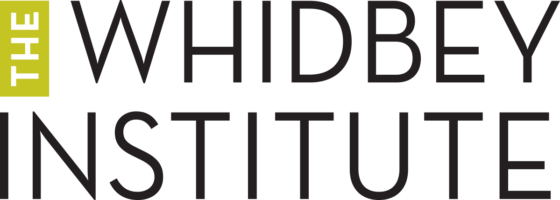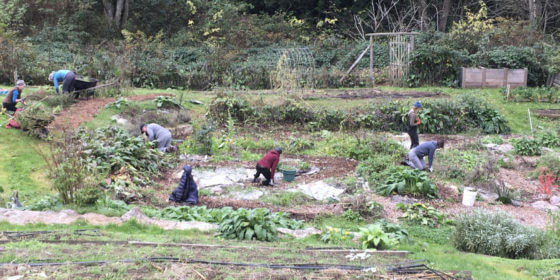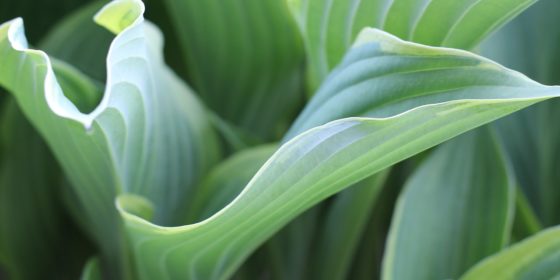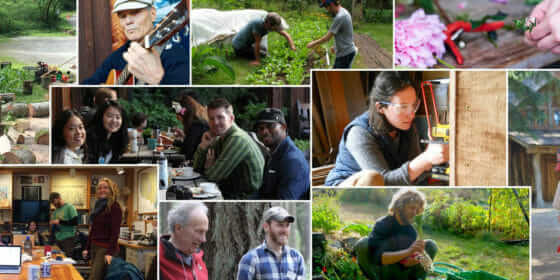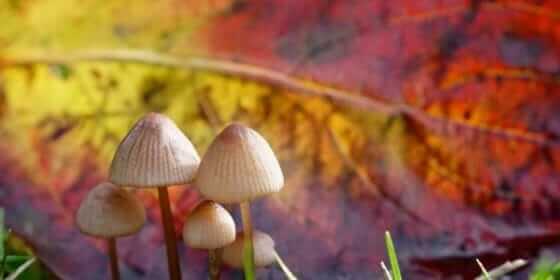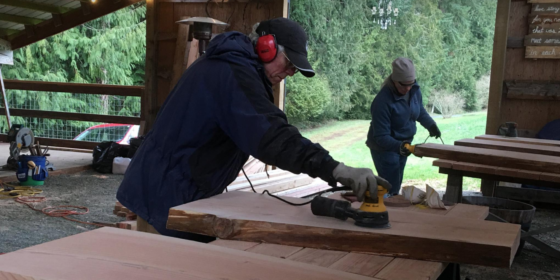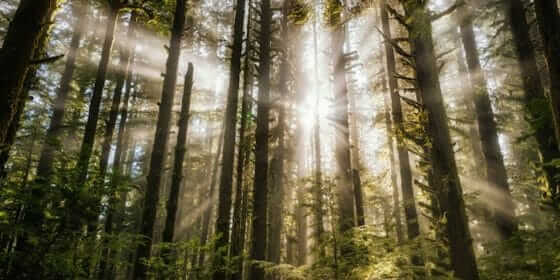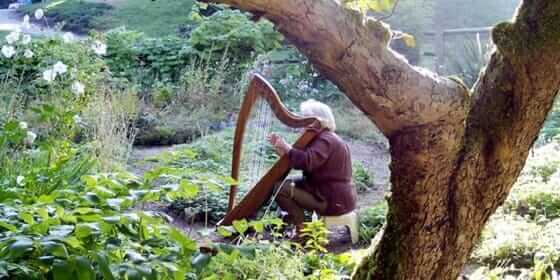We love our volunteers! When you volunteer with the Whidbey Institute, you join a dedicated group of caretakers who nurture the land, serve our mission, and connect in community. Our volunteers come from all backgrounds and ages, and we have ways to engage you whether you visit occasionally or often; whether you come alone or with a family or group; and whether you live on or off Whidbey Island. Reach out to get involved.
Westgarden Work Parties ~ Finished for 2023
We have finished up our weekly work parties for the year and are putting the Westgarden to bed.
A huge thank you to all of our dedicated Westgarden volunteers! Feel free to visit the Westgarden, stroll among her native and medicinal plants, and soak in the beauty that many caring hands and hearts have helped to create.
Garden Bed Maintanence
Here’s an opportunity to work in our landscaped beds year round. You can sign up to help out occasionally or to take regular, personal responsibility for your favorite garden bed! This is a great chance to get your hands in the earth while nurturing a beautiful spot.
Corporate or Group Service
Is your company, organization, club, student group, or social network interested in volunteering together? Reach out to discuss the possibility of a project at any scale. Service projects are great for groups of any size. Group projects can include tours, educational components, and an optional catered lunch.
Adopt A Trail
Adopt A Trail!
Do you love to be in the woods and walk on the trails? Please consider adopting a section of one of our trails. Work solo or with a family member or friend to care for your section of trail on the schedule you choose. Let’s connect and get you involved in stewarding the health and beauty of this public forest.
